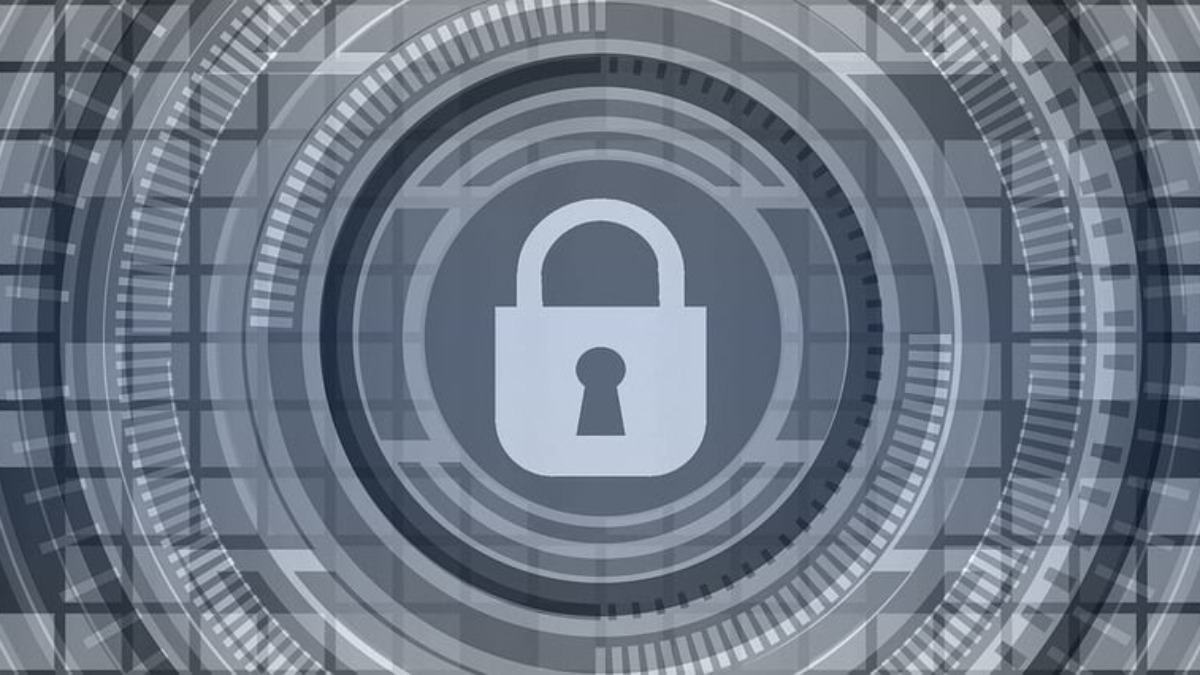The Common Criteria, recognized globally as a framework for standardized guidelines in evaluating and certifying the security features of information technology products, incorporates assurance levels that indicate the thoroughness of the security evaluation process. These levels range from EAL1 (basic) to EAL7 (highest), offering an indicator of confidence in the security features of such products.
Why are Assurance Levels crucial?
Assurance Levels are crucial for several reasons in the context of cybersecurity and evaluating information technology products:
· Security Confidence: Offering stakeholders clarity on the thoroughness of security evaluations, gradually building, and reinforcing confidence in product security.
· Risk Mitigation: Allowing organizations to assess and mitigate risks tied to IT products, with higher Assurance Levels indicating more robust security measures.
· Informed Decision-Making: Serving as a reference point for consumers and organizations to make informed decisions based on security requirements.
· Global Standardization: Providing an internationally recognized framework through Common Criteria, actively promoting, and nurturing the development of trust in certified product security globally.
· Comprehensive Evaluation: Ranging from basic (EAL1) to the highest (EAL7), Assurance Levels ensure a progressive increase in the thorough examination and testing of products.
· Regulatory Compliance: Aligning with cybersecurity regulations, helping organizations meet compliance standards, and showcasing a commitment to robust practices.
· Continuous Improvement: Driving ongoing enhancement in security development and implementation, encouraging the adoption of advanced measures as technology evolves.
Understanding Evaluation Assurance Levels (EALs)
EAL1 – Functionally Tested:
· Basic level of assurance.
· The evaluation is based on functional testing of the product.
· Minimal confidence in the security functions.
EAL2 – Structurally Tested:
· Adds documentation review to functional testing.
· The focus is on the product’s structure and design.
· Provides a better understanding of security features.
EAL3 – Methodically Tested and Checked:
· Introduces systematic testing and an in-depth analysis of the security mechanisms.
· Gaining confidence in the product’s security architecture.
EAL4 – Methodically Designed, Tested, and Reviewed:
· Requires a comprehensive and integrated testing approach.
· Assurance that security measures are methodically designed and tested.
· Increased confidence in the product’s security features.
EAL5 – Semiformally Designed and Tested:
· Incorporates formal analysis methods.
· Greater emphasis on the design and thorough testing.
· Provides a high level of assurance.
EAL6 – Semiformally Verified Design and Tested:
· Extensive testing and verification activities.
· Formal methods applied to the product’s design.
· Exceptional assurance in the product’s security.
EAL7 – Formally Verified Design and Tested:
· The highest level of assurance.
· Rigorous formal verification of the product’s design and implementation.
· Unparalleled confidence in the product’s security capabilities.
In summary, the Assurance Levels within the Common Criteria framework play a pivotal role in building confidence in cybersecurity. With the ongoing evolution of technology, following and complying with these standards are becoming increasingly crucial to guarantee the resilience and integrity of our digital infrastructure.


